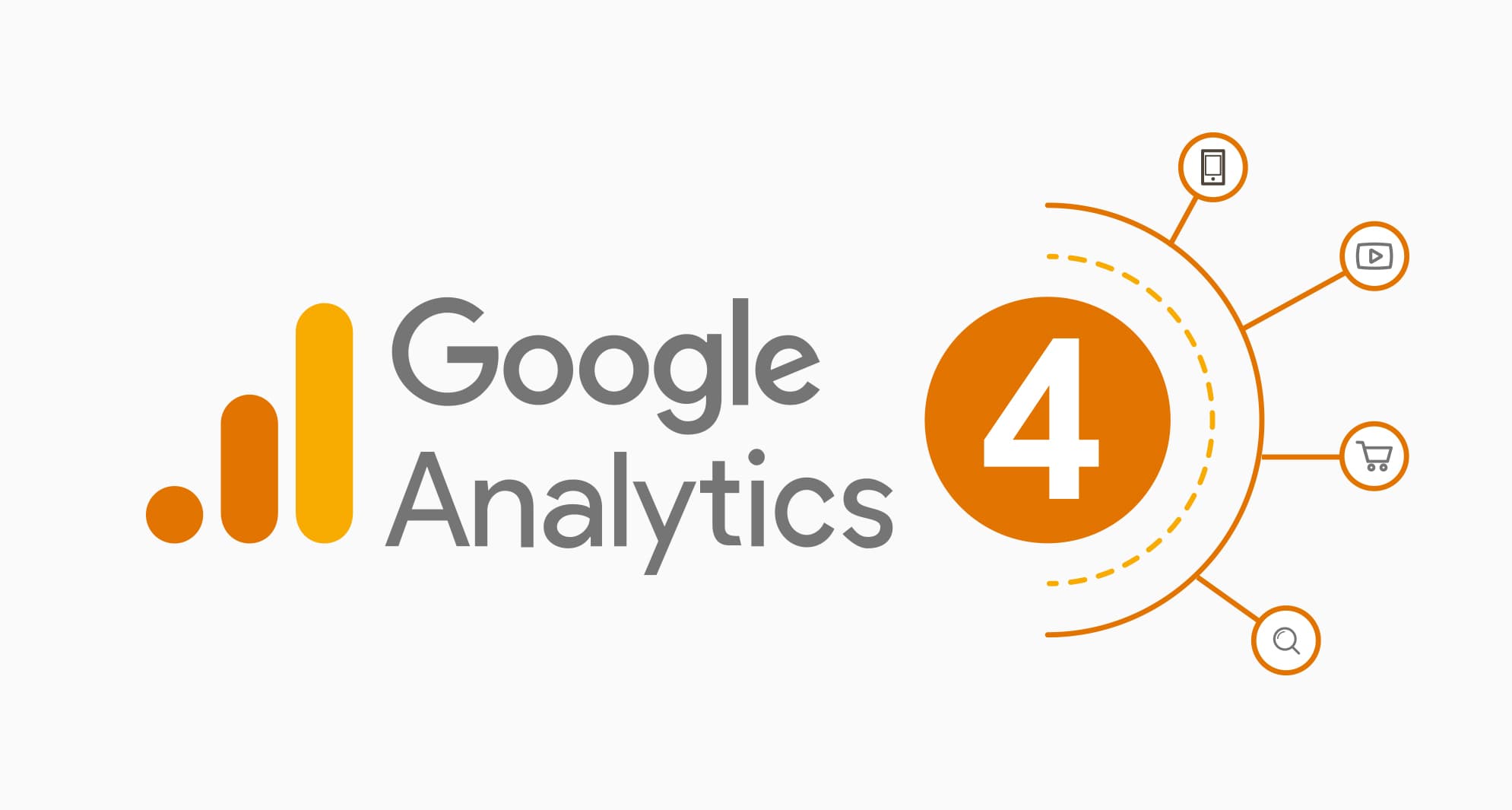Master Site Insights With Accurate Google Analytics Monitoring Code
The efficient use of Google Analytics hinges on the accurate implementation of its tracking code, a fundamental step commonly ignored by internet site owners. What are the typical challenges that could undermine your tracking initiatives, and how can you make certain precision in your approach?
Recognizing Google Analytics Essentials
Google Analytics is an essential tool for internet site owners and marketers, supplying indispensable understandings into individual behavior and internet site efficiency. At its core, Google Analytics accumulates information concerning visitors to a web site, allowing users to examine metrics such as traffic resources, customer involvement, and conversion rates. Comprehending these principles is crucial for enhancing an internet site's effectiveness and enhancing individual experience.
The system uses cookies to track communications, recording data such as page views, session durations, and bounce rates. This info is aggregated and provided via personalized control panels, enabling users to visualize trends in time. Secret efficiency signs (KPIs) can be checked, such as the complete variety of customers, brand-new versus returning site visitors, and the geographical circulation of the audience.
Furthermore, Google Analytics uses segmentation functions, enabling customers to isolate certain web traffic sources or individual demographics for more targeted evaluation. By understanding these fundamental components, internet site proprietors can make informed decisions concerning web content strategy, advertising projects, and general site improvements. Ultimately, recognizing Google Analytics essentials is crucial for leveraging information to drive growth and achieve business purposes successfully.
Setting Up Your Tracking Code

Replicate the provided monitoring code and paste it right into the HTML of your website. This makes certain that the monitoring code tons before any various other content, permitting it to capture information accurately.
After setup, validate that the tracking code is operating properly by utilizing Google Tag Aide or the Real-Time reports in Google Analytics - when does the google analytics tracking code send an event hit to analytics?. This step is necessary to validate that your data collection is energetic and accurate, establishing the structure for informative evaluation
Common Monitoring Code Issues
Numerous website owners come across typical concerns with their Google Analytics tracking code that can prevent information collection and evaluation. One prevalent concern is inappropriate installation. This might take place when the tracking code is placed in the wrong area of the internet site's HTML, frequently causing incomplete or missing data. In addition, having several instances of the monitoring code on a single page can cause inflated metrics, as individual interactions could be counted greater than when.
An additional issue emerges from making use of advertisement blockers, which can prevent the monitoring code from performing entirely, therefore skewing information. when does the google analytics tracking code send an event hit to analytics?. Furthermore, failure to configure filters properly can lead to the exclusion of important traffic resources or the incorporation of unwanted recommendation spam, misshaping the data gathered
Website owners might likewise ignore the relevance of tracking code updates, specifically when moving to Google Analytics 4 (GA4) from Universal Analytics. Lastly, inadequate testing prior to introducing changes can result in unseen errors in the monitoring code, additionally making complex data dependability. Resolving these typical concerns is crucial for ensuring exact tracking and insightful analytics.
Studying Web Site Information Properly
Precise data collection is only the primary step in leveraging Google Analytics; the real value exists in effectively evaluating that information to drive educated decision-making. To attain this, it is important to identify vital performance signs (KPIs) that align with your company goals. Focus on metrics such as conversion rates, customer interaction, and website traffic resources, as these will supply insights into customer actions and the overall efficiency of your web site.
Making Use Of Google Analytics' division attributes permits a deeper understanding of your audience. By breaking down information into particular demographics, behaviors, and website traffic networks, you can reveal fads and patterns that inform targeted techniques. Implementing customized records and dashboards can streamline this process, allowing fast access to essential data.
Moreover, consistently evaluating data patterns gradually aids to recognize anomalies and possibilities for renovation. Make use of visualization tools to present information in a quickly absorbable format, assisting in extra effective interaction with stakeholders. Ultimately, the capability to examine website information efficiently encourages businesses to make strategic decisions that boost customer experience, maximize advertising and marketing efforts, and drive development.

Ideal Practices for Accurate Tracking
Executing effective tracking techniques is critical for acquiring trustworthy information in Google Analytics. To make certain accurate tracking, start by appropriately mounting the Google Analytics tracking code on every web page of your site. This can be achieved via a tag supervisor or by directly embedding the code More Help right into the HTML.
Next, configure your Google Analytics account to omit interior traffic. This can be done by establishing up filters that recognize and remove visits from your company's IP address, thereby stopping manipulated information. Additionally, make use of occasion tracking to keep track of specific individual communications, such as downloads or video clip plays, which standard page sights might neglect.
Frequently examine your tracking configuration to validate that all attributes, such as goals and ecommerce tracking, are working correctly. Establish a regular naming convention for your events and projects to facilitate easier coverage and analysis.
Lastly, consider leveraging UTM specifications for campaigns to get understandings right into the performance of various marketing efforts. By complying with these best methods, you can enhance the accuracy of your information collection and evaluation, inevitably causing even more educated decision-making for your website.
Final Thought
By guaranteeing the monitoring code is correctly positioned and on a regular basis investigated, website proprietors can catch vital customer communication information, thus assisting in the identification of vital efficiency signs. Eventually, a durable monitoring structure boosts the capability to drive interaction and enhance general web site performance.
Insufficient screening before introducing adjustments can result in unnoticed errors in the tracking code, further complicating information reliability.Applying effective monitoring techniques is critical for getting trusted information in Google Analytics. By making sure the tracking code is correctly placed and regularly investigated, internet site proprietors can record crucial user communication information, thus assisting in the identification of crucial performance indications.